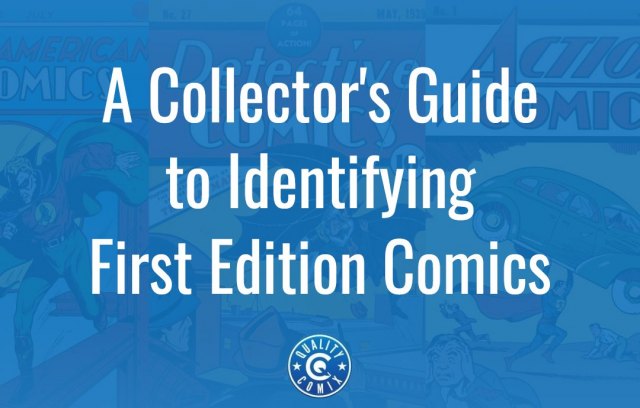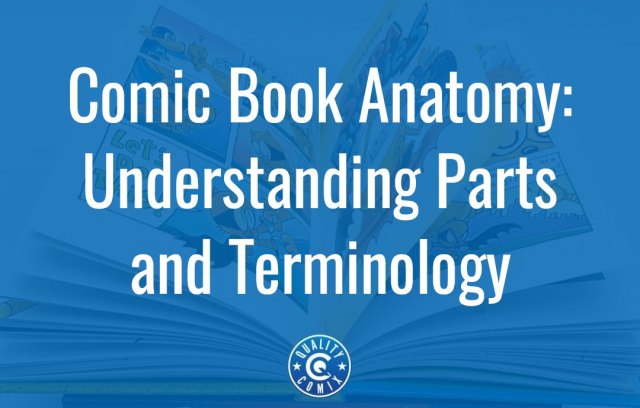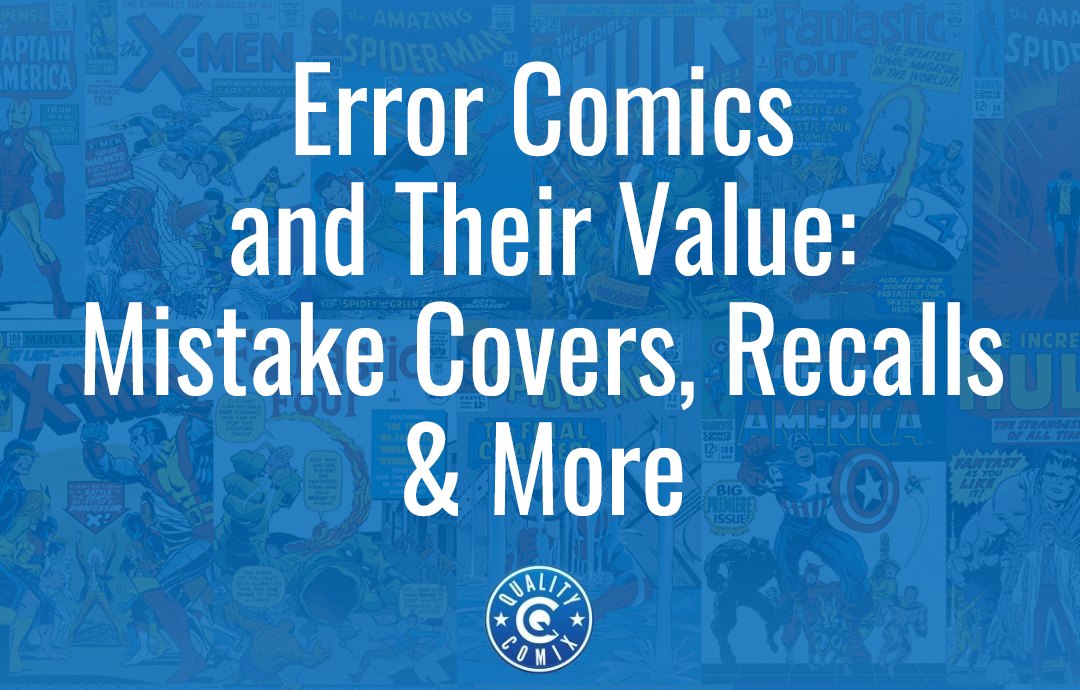
We've been talking a lot recently about comics outside the norm. Variant comics generally mean comics that are unusual in some way, usually because they have a different barcode (or no barcode at all), a different cover art, or are part of a different print run.
A variant being a little rarer than the standard version of a comic can usually increase the value of the comic because people want the less common versions. It's not always true – some people just want to display collections with the "best looking" copy of a comic, regardless of whether it's a variant or not. Others are cynical and don't want to buy into the intentional hype behind mass-produced variants, particularly from the 90s.
There's another kind of variant, one that doesn't show up in barcode decoding and possibly not even in a cover examination. It's called the error variant, and depending on your proclivities, they may be very valuable.
Table of Contents
What Are Error Variant Comics?
An error variant is exactly what it sounds like: a version of a comic that, for some reason, has some kind of error or defect in it. Except, that's not the whole story. The error alone isn't necessarily worth a premium. For example, a comic printed with a typo no one caught in the dialogue of a middle page might not be worth anything extra, and especially so if every copy of the comic shares that error.
On the other hand, some errors are caught, the offending comics are recalled or destroyed, and reprints with the error fixed are issued. That means the error version is rare – more so than the fixed version, at least – and ends up more valuable.
Probably.
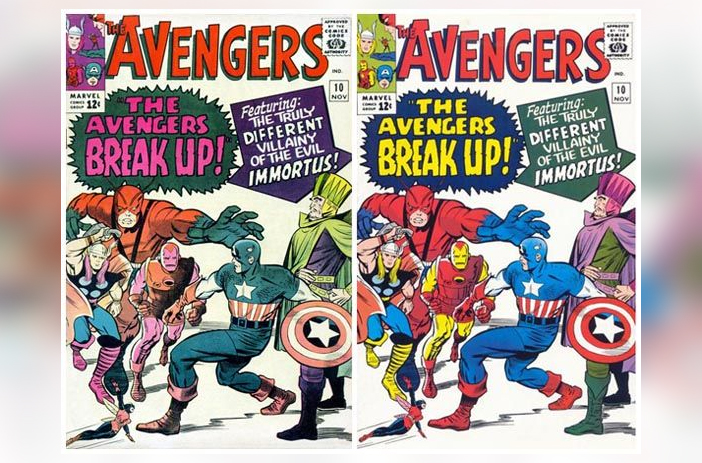
Not every collector cares for or likes error variants. Many collectors just want a pristine copy of a comic to add to their collection. Error variants aren't always impressive or interesting, especially if the comic is slabbed and the error is internal, so those collectors are less likely to want them. The market is smaller, but since the comic is rarer, it still may fetch a premium. It will also likely be harder to sell.
What Are the Different Types of Error Comics?
Errors can crop up in all kinds of different ways, and there are examples of all of them out there, some much rarer than others.
Examples include color errors, ink smudges, collation errors, and recalled comics. Let's run through some examples and some discussion of them.
Major Color Errors
The first and, usually, most common kind of error comic is the color error comic. These are comics where, when they were printed, a whole batch of them – or even a whole print run – was created with miscalibrated printing machines or machines that ran out of ink.
One of the most famous examples is the famous Green Version of Fantastic Four #110. The Thing, instead of being his iconic orange, was bright green like the Hulk; the Four's blue costumes were pink instead, and the orange background and title were also tinted green. You can see both examples here.
This kind of error happens because of how printing works. With mass-production printing, different colors are printed individually. You may have heard of CMYK in printing terminology; it stands for Cyan, Magenta, Yellow, and Key (key is black ink), and the combination of those colors produces all other colors on a cover. When any of those colors are calibrated poorly or missing entirely, significant color shifts in the resulting printing occur. That's what happened with the Fantastic Four #110.
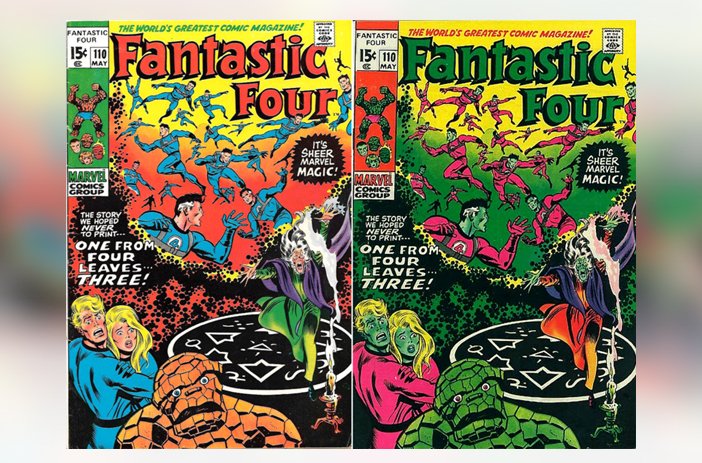
Another example of a more subtle version is Spawn #1. Some copies of Spawn #1 didn't have the K (black) ink applied; there's still black on the cover from the mixture of the other colors, but it's less vibrant, and areas where only black would occur (like the back cover) are missing it entirely. Here are the pictures.
Most of the time, color errors are caught relatively quickly, and only a small handful of them make it out to the public. Thus, they're scarce, harder to find, and fetch a premium amongst collectors interested in oddities.
Ink Smudges and Color Shift Errors
Another kind of error occurs usually in very small batches and is often caught and destroyed or returned as damaged, so very, very few examples of these exist. There are two kinds of ink errors other than color errors above: smudges/spills and registration errors.
Registration errors are slightly more common. "Registration" goes back to the single-color-at-a-time printing method I mentioned above. Each color needs to be properly placed; otherwise, they're off-center, and the colors aren't "in the lines," so to speak. These are often subtle enough to be unnoticed, and if they're significant enough to be visible, they're caught and destroyed in quality control. As such, very few exist. I've only found a few mentions of these with significant errors existing. It's more common in trading cards, so those are an easier example to show off.
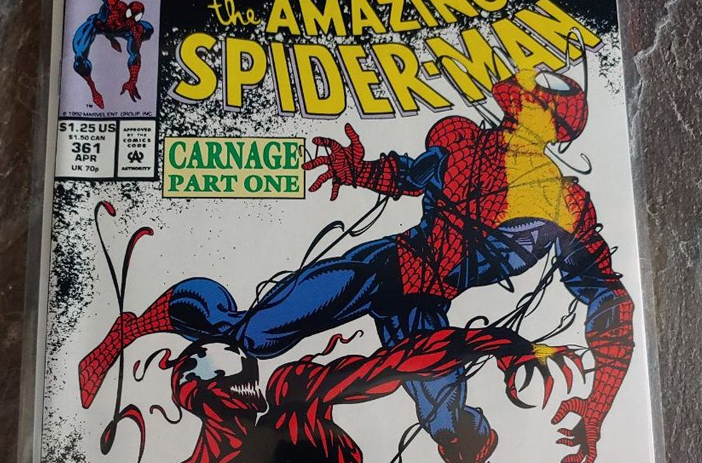
The other kind is what happens when ink spills during the printing process. If an ink reservoir breaks or something spills on the sheets of comics being printed, there will be large smudges or spills of a given color on specific pages, often in progressive numbers. You'd have one copy with a huge splotch; that splotch gets picked up by the printing plate or roller and is repeated with slightly less ink on the next however many comics before it's either caught and fixed or the ink runs out, and the error disappears. These are also quite rare but more common in trading cards.
Since this rarely happens on covers and is very limited, these don't appear very often, and when they do, they may or may not sell because not many people are interested in them.
Foil Errors
An issue sort of halfway between assembly and ink errors is foil errors. During the late 80s and 90s, comic publishers discovered the ability to put silver foil on the covers of their comics, often with some embossing to make them stand out. It looked cool, then was overused, then was retired, and is now occasionally used for premium variants, but the magic of seeing it for the first time is long gone.
Well, part of that magic was seeing how it could go wrong.
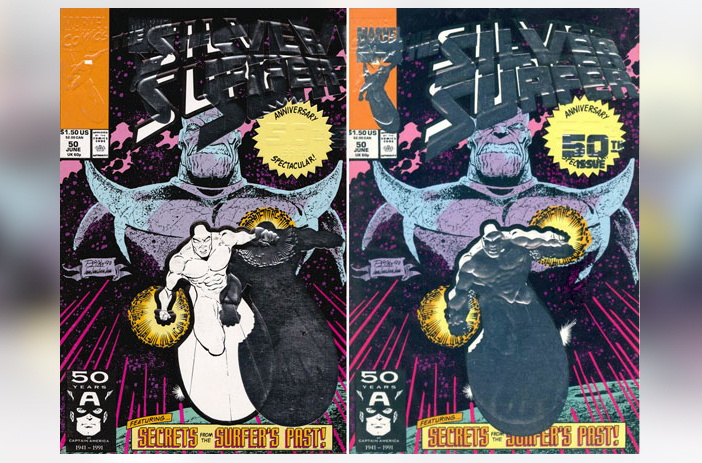
Image source: RecalledComics
A couple of examples of this are:
- Silver Surfer #50 Variant 3. Partial foiling, missing foiling, and off-set foiling were all issues with this comic, leading to some astonishingly messed-up-looking comics.
- Wolverine #145. This version had Wolverine's claws foiled out, but some copies didn't receive the foiling, so they were left pure white. They end up listed for a high price but don't sell very often, so it's hard to tell what they'd be worth.
Foiling is a lot less commonly used, and there are a lot more quality control measures in place now to make sure errors don't make it to consumers, so it's only comics of a specific era that tend to show up with these issues.
Collation and Assembly Errors
Ink and printing errors aren't the only potential issue with comics; another comes in the assembly phase. For whatever reason, the machine or human who stacks up the pages to be cut, arranged, and stapled takes a stack and puts it rotated 180 degrees; that is, upside-down.
The result is a comic that, as you read it, you encounter pages that are backward and upside-down. Sometimes, it's just a few pages, but most often, it's everything inside the cover. In other words, the cover is backward. Here's an example of Batman #100 with this problem.
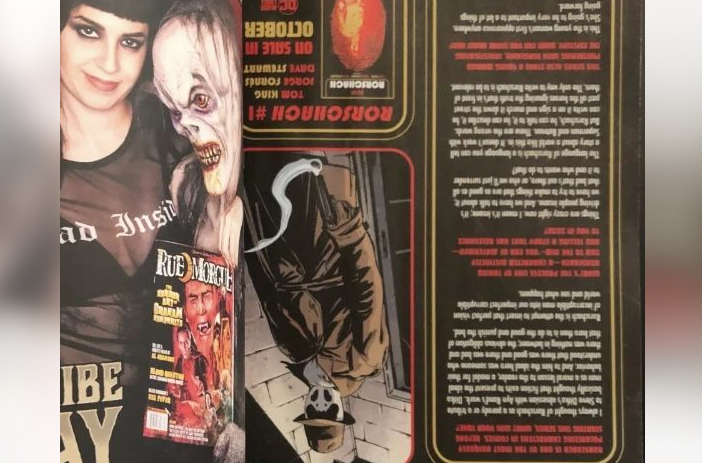
These errors can slip through more easily than more obvious color issues, and while they may be recalled, they're still relatively common. They'll fetch a premium – that Batman issue is normally worth around $20-$40, while the error version is listed on eBay for $200-$300. No recent auctions at that price have sold, though, so take it with a grain of salt; the market for selling errors is small.
Wrong or Recalled Artwork Errors
Another issue is one of either miscommunication, sabotage, or inattention; the wrong artwork is used either in the comic or on its cover.
There are generally three variations to this issue.
Miscommunication issues are exemplified by the Teenage Mutant Ninja Turtles #4 reprint.
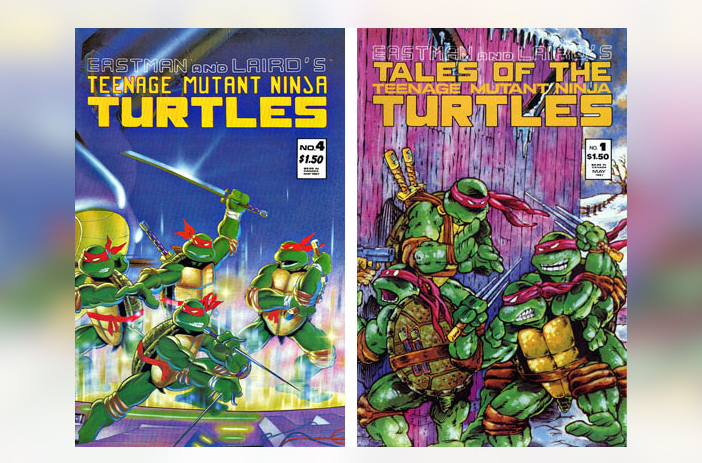
Image source: RecalledComics
I'll just quote RecalledComics for this one:
"The original TMNT #4 was published in June 1985. In 1987, a second printing of #4 was ordered from the printers with a new cover. This was submitted to the printers along with the first issue of Tales of the TMNT #1. Unfortunately, a printing mix-up occurred, and TMNT #4 (2nd print) was produced with the correct title and number on the cover but had the cover art meant for Tales of the TMNT #1 instead."
The second sort of artwork error is the intentional sabotage error. The prime example of this comes from Spider-Man, in particular, the Universe X Special issue. What's the story? Well, there's some company drama and some bad blood between employees, and it resulted in a small background element of the comic including a direct message of insult to one of the employees.
The "error" was only in some first-look preview dealer copies, and those copies were recalled and destroyed, so very few of the so-called "libel issue" of Spider-Man still exist. You can read more about it here.
The third variation on artwork recalls is times when something, either intentional or unintentional, is caught in the artwork, and the comic is recalled because of it. This is pretty common, partly because some artists can't resist trying to include something titillating or offensive and partly because sometimes elements come together to unintentionally create an image most people miss but can be offensive in the right light. There are a few prime examples of this.
- Elektra Vol. 3 #3. In a few panels in this comic, Elektra was drawn nude, though anything naughty was hidden; still, publishers complained, the nude version was recalled, and a re-issue with underwear drawn over it was published in its place.
- X-Men Gold #1. This recent example involved an artist sneaking coded symbology into the background elements of the comic, promoting an antisemitic message. Due to hateful content (and the potential for a lawsuit), the comic was recalled and destroyed, and very few copies exist. Fortunately, the hateful copies don't fetch much of a premium.
- Batman Damned #1. The first appearance of Bat-Wang, this NSFW variant included a subtle, shaded outline of the title character's genitals. For obvious reasons, that earned it a recall.
These kinds of recalled comics can fetch a premium depending on the nature of the error and how rare it is, but you need to take it on a case-by-case basis.
Voluntary Recall Comics
Finally, sometimes comics have unfortunate issues or timings, but nothing bad enough to force distributors to return them or have them destroyed.
One of the biggest examples of this is The Adventures of Superman #596. In this story, an invasion is wreaking havoc across the earth. A large page features two LexCorp towers being destroyed. Nothing too unusual for comics.
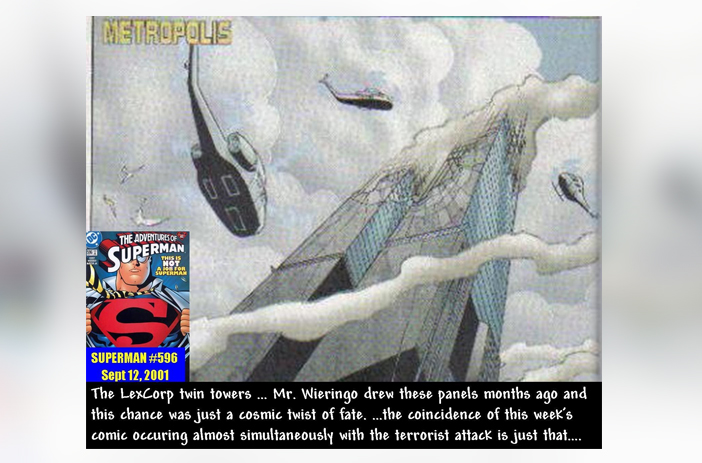
The trouble is, this comic was scheduled to be delivered to publishers on September 12, 2001. Most of us know what happened one day prior to that and why imagery of two prominent rectangular towers being destroyed might suddenly be seen in a different light.
Rather than try to recall, redo, and reprint the comics, DC simply said that if anyone found it too harsh, they could return their copies voluntarily. Virtually no one did, though, so this "error" is extremely common.
Identifying Error Comics and Selling for a Profit
If you have comics in a large collection and you're trying to get as much value out of them as you can, looking for errors may be one way you can do it. The best list of error and recalled comics available is here at RecalledComics.
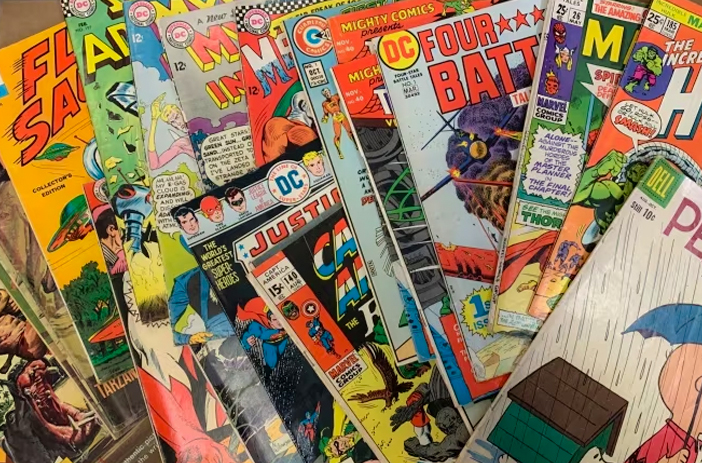
If you have error comics, or really any comics that you want to sell, why not drop us a line? As one of the biggest dealers in high-end comics, we're always happy to help examine what you have and advise you on how to proceed. All you need to do is fill out this form and let us know what you have. We look forward to hearing from you!


